If you can’t handle raw fish and chicken gizzards don’t come to Japan. If you are allergic to seafood or mushrooms, don’t come to Japan. If you need to know everything that is in a meal presented to you, don’t come to Japan.
Japan is the greatest adventure in food I have ever experienced. I am not a brave eater, I will leave the chicken feet, shrimp heads and sea urchins alone by choice. But Japan has such diverse flavours and textures on offer, it is hard to resist trying it all, even if you don’t know what it is.
Even Japanese appear to order “sets”, a packaged meal comprising some raw fish, cooked meat/fish, soup, pickles, rice and miso. A little like a Bento Box, but laid out on a tray. They are usually the easiest to order.
Most menus are not translated to English and there are few pictorial clues. At the railway restaurants and in areas where tourists frequent you will get plastic replicas on display outside. Some of these are astonishingly realistic, like a glass of draft beer I was tempted to touch.
There have been times when we have taken one look at the Japanese menu then asked the waiter to come outside while we point and choose from the plastic look-alike – not really knowing what we will end up with.
But get out of the main tourist areas and you are in for a real treat, like the barbeque restaurant that looked interesting. We were so lucky to be sitting beside a young couple who spoke good English and suggested the ¥3,000 set (about $AUD35) and proceeded to explain how to eat it – what sauces to use with what delicacies, how to use the grated radish as a mouth freshener.
Another restaurant specialising in Tongatsu had a simple pictorial card with a few English words, explaining how to grind the sesame seeds before mixing a sauce into it and dipping the meat into it.
A gentleman with a few English words explained what we were eating in a restaurant that specialised in deep frying morsels on sticks.
The Ryokans (Japanese style hotels) are also a great way to experience a wide variety of food. Accommodation includes breakfast and dinner. As many as 13 or 14 courses are presented in an array of dainty dishes, served by a Japanese hostess, kneeling in front of you as she lays out the food.
So visiting the markets is more than interesting, as you try to identify the raw foods that have been served to you in those dainty dishes. Sometimes, perhaps you just don’t want to know what they are.
e_header.jpg)



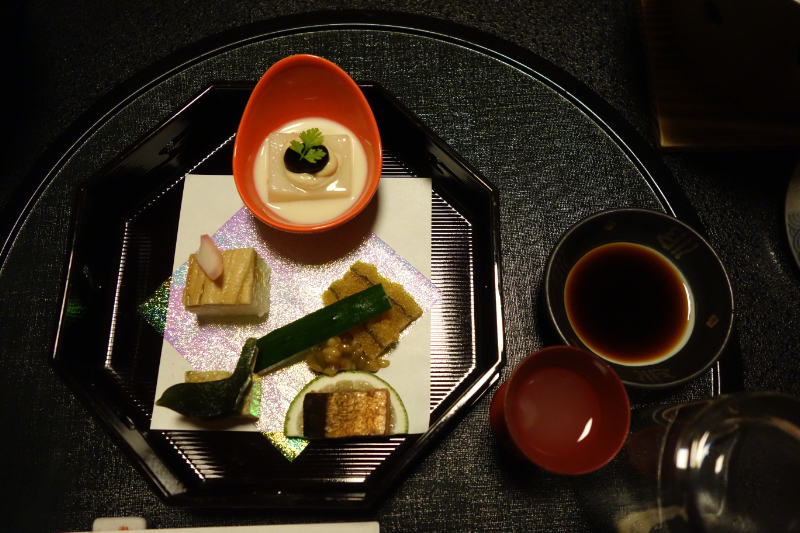


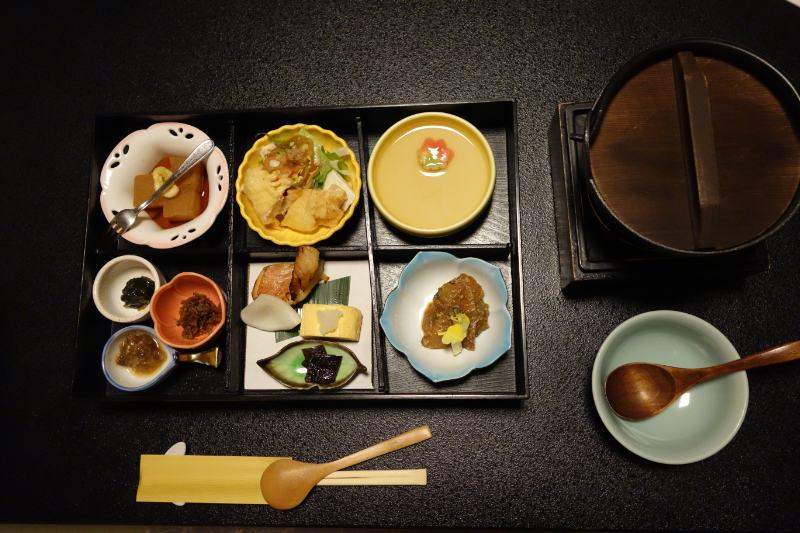





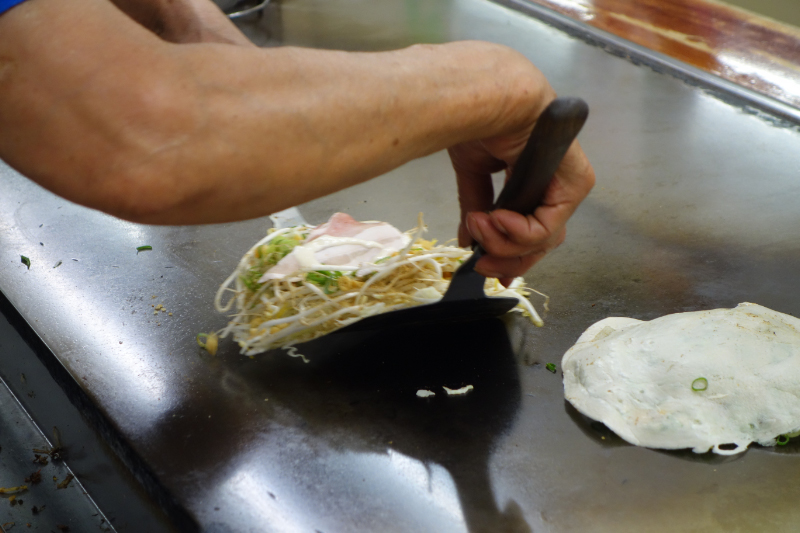
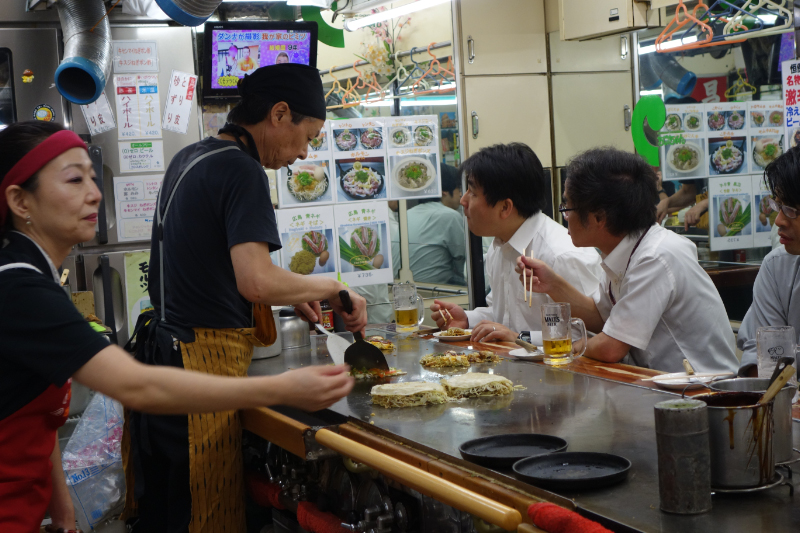
















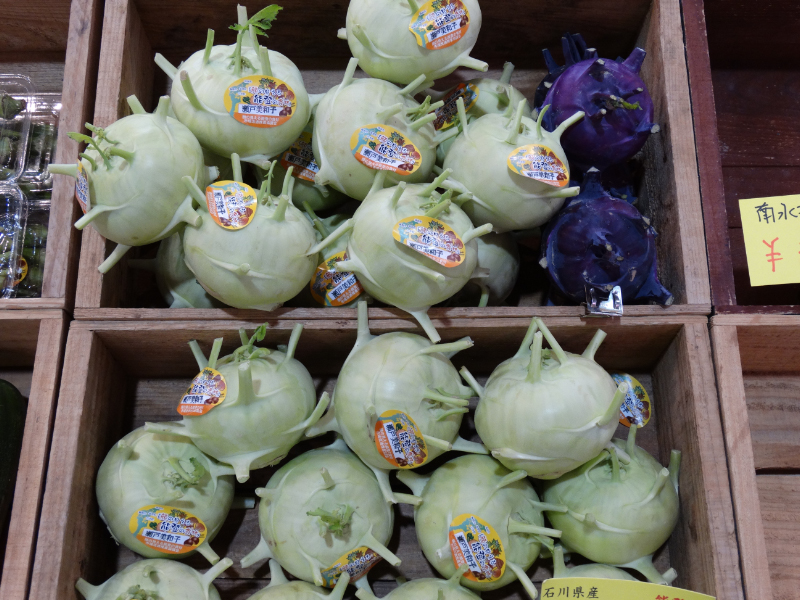





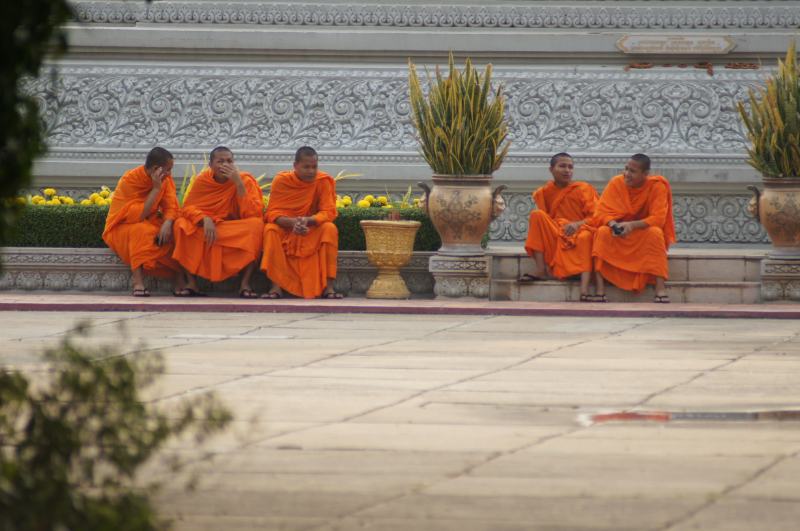





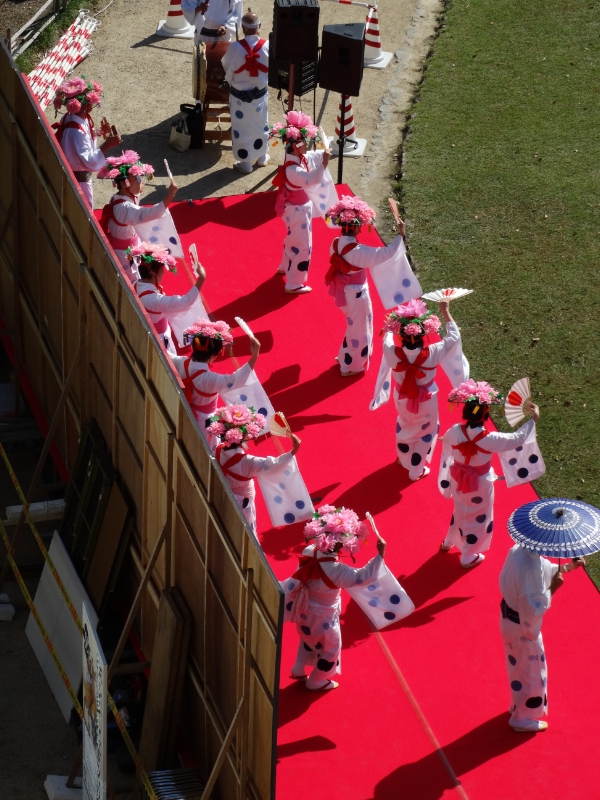










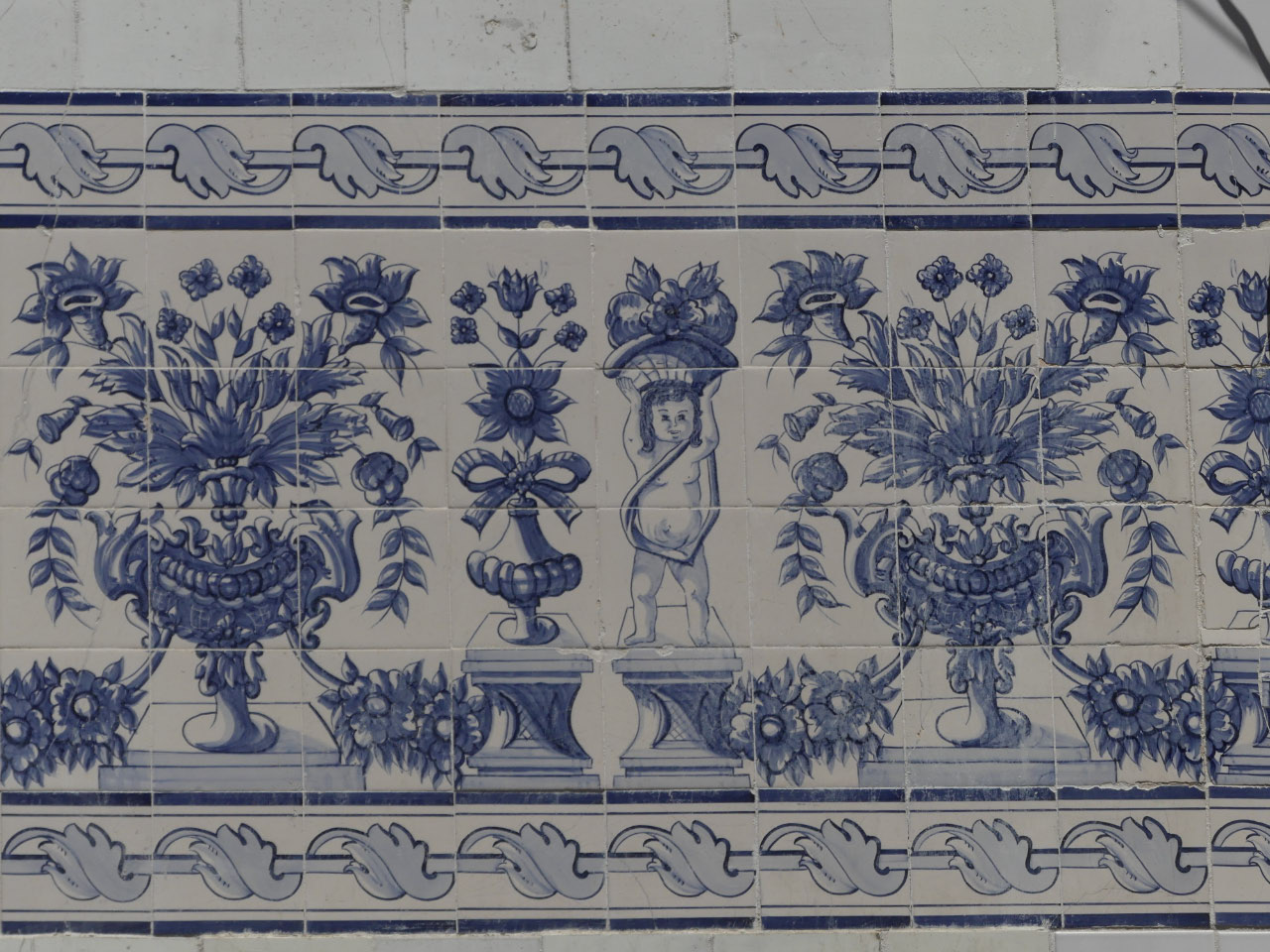
Thea, This is mouth-watering. We must see it – and taste it – for ourselves one day soon. Our Japanese dinners together in the Hampton Street restaurants are never going to be the same again. Cheers, Alex.
You are right Alex, what they serve in Australia is pretty tame. You will have so much fun here, exploring all these treats, on the tour you are hosting next May. We must compare itineraries. Thea.